GPCR/G protein

All GPCRs share a common seven trans-membrane structure. GPCRs are associated with heterotrimeric G-proteins which are GTP-binding proteins made of alpha, beta, and gamma subunits. When a ligand binds to GPCR, it activates the attached G-protein, the GDP is replaced with GTP. The activated G-protein then dissociates into an alpha and a beta-gamma complex which activates downstream signaling pathways. These intracellular signaling pathways include cAMP/PKA, calcium/NFAT, phospholipase C, protein tyrosine kinases, MAP kinases, PI-3-kinase, nitric oxide/cGMP, Rho, and JAK/STAT.
GPCRs are one of the most important therapeutic targets for various diseases, over 30% of all modern medicinal drugs target this family. Aberrant GPCR functions are involved in pathological conditions such as neurological, immunological and hormonal disorders. A large number of GPCRs have been identified, but whose ligands are not known, are classified as orphan receptors.
-
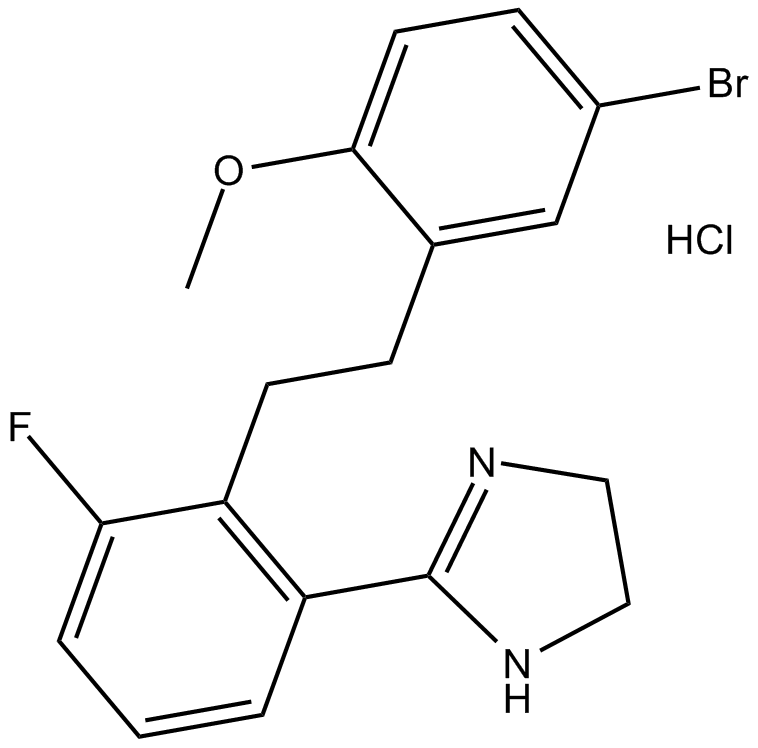 B7715 ML 00253764 hydrochlorideSummary: melanocortin MC4 receptor antagonist
B7715 ML 00253764 hydrochlorideSummary: melanocortin MC4 receptor antagonist -
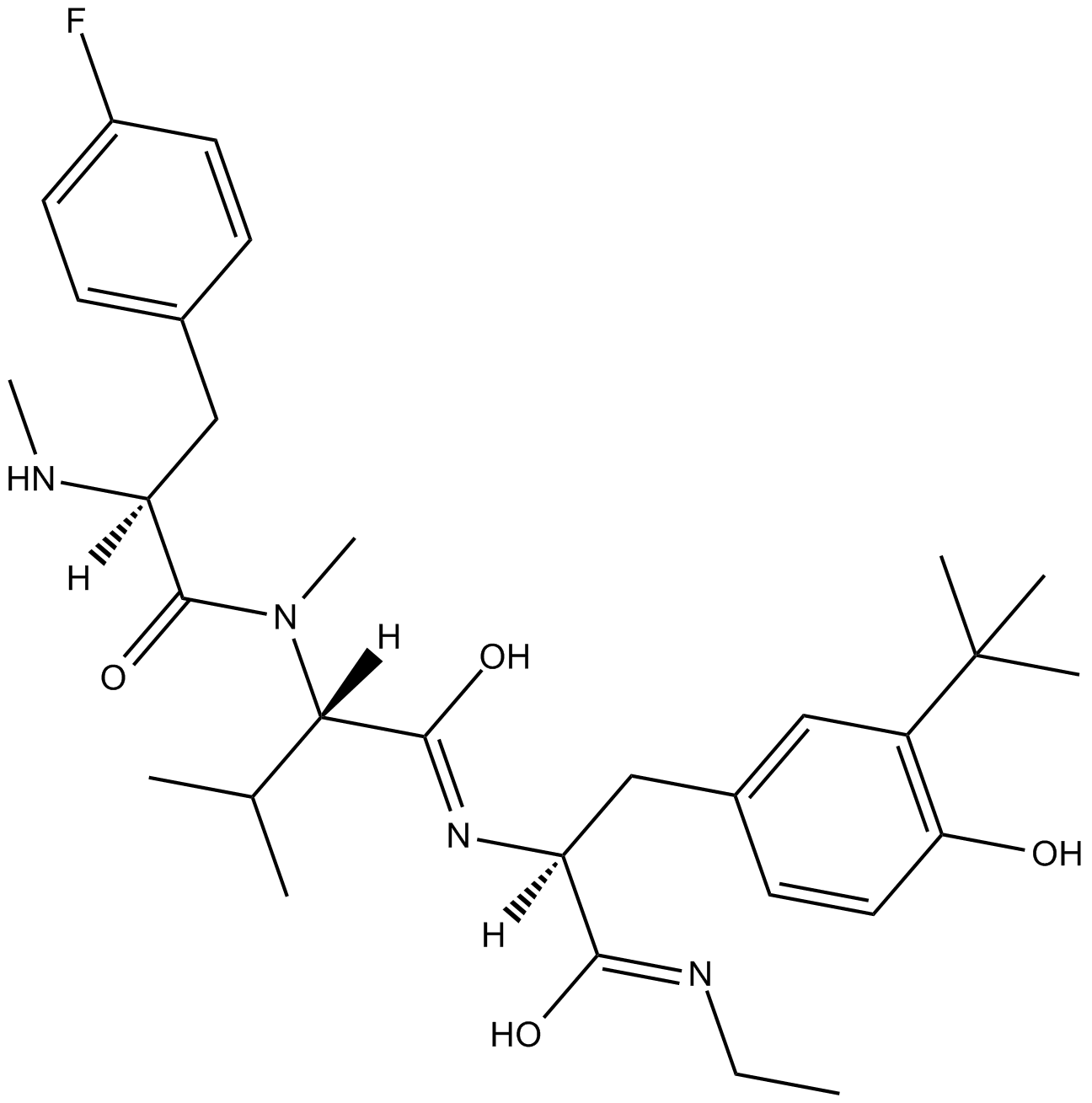 B7721 MA 2029Summary: motilin receptor antagonist,potent and selective
B7721 MA 2029Summary: motilin receptor antagonist,potent and selective -
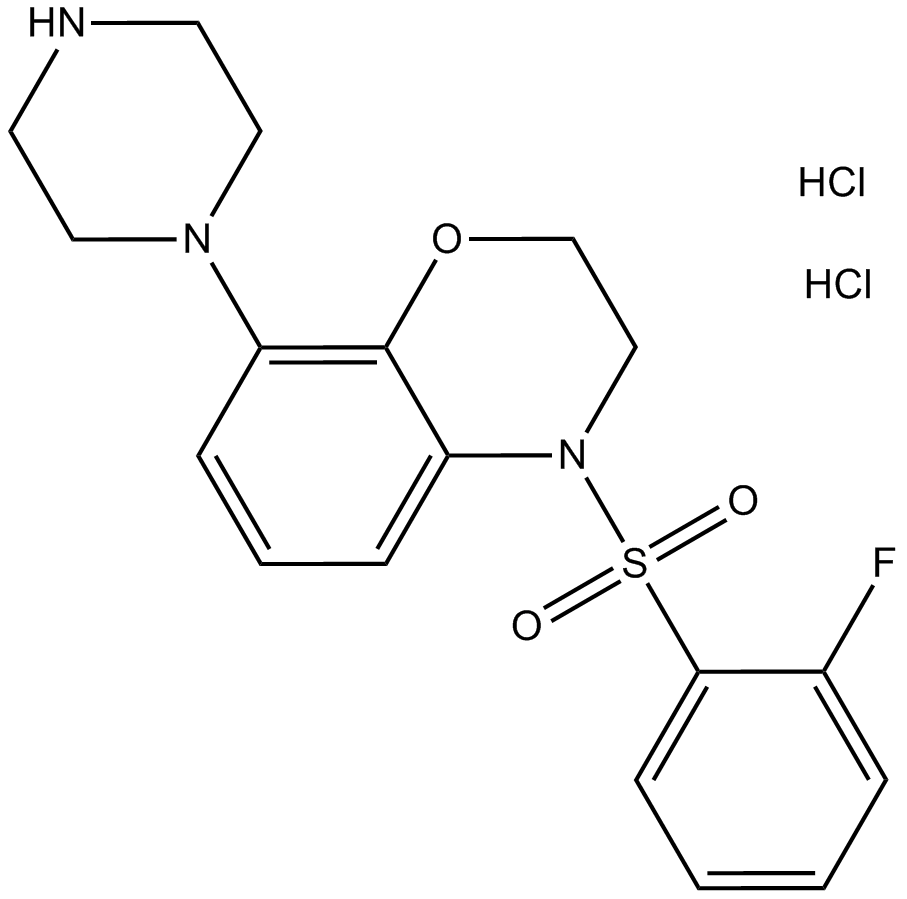 B7723 R 1485 dihydrochlorideSummary: 5-HT6 antagonist,selective and high affinity
B7723 R 1485 dihydrochlorideSummary: 5-HT6 antagonist,selective and high affinity -
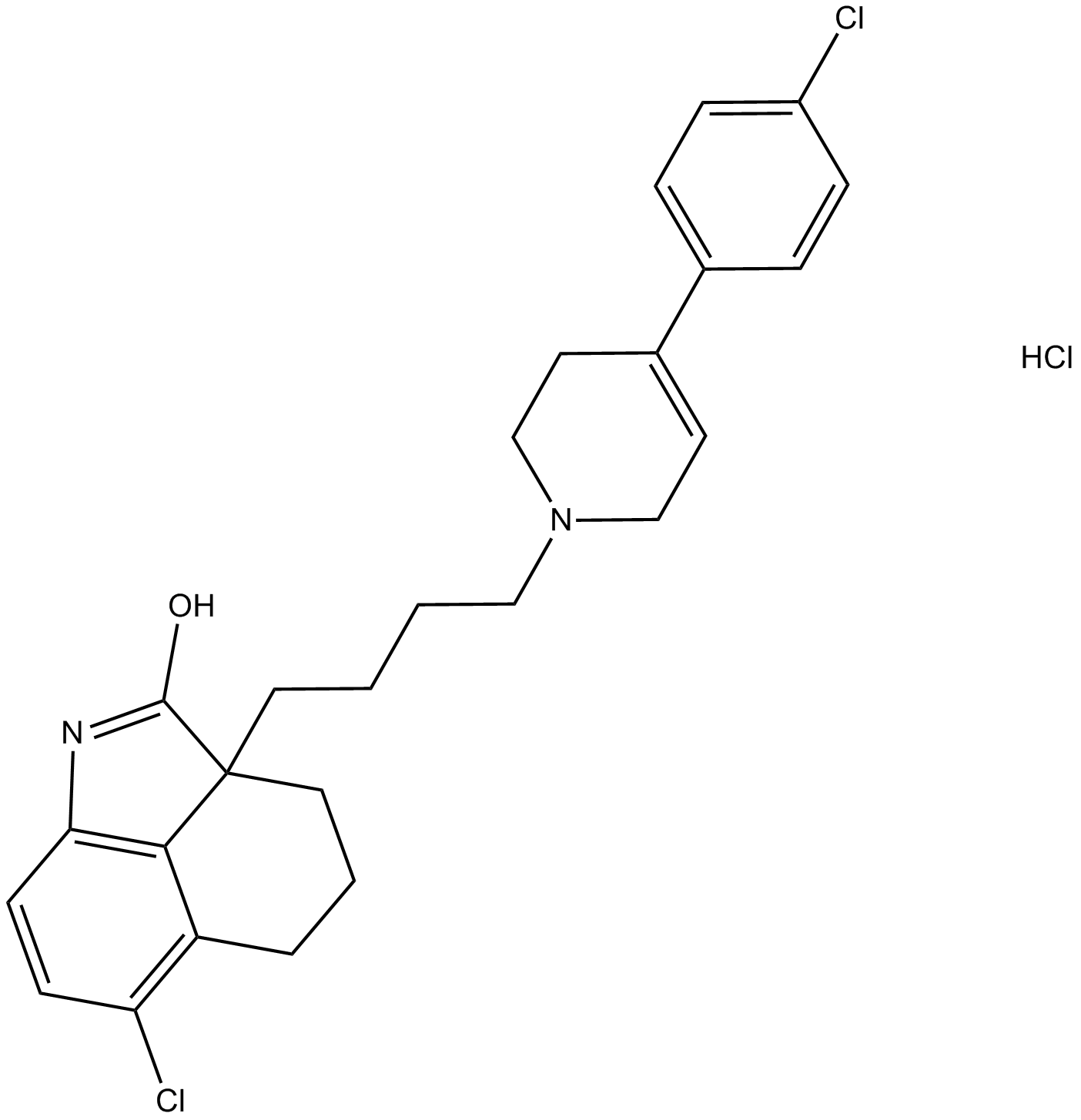 B7729 DR 4485 hydrochlorideSummary: 5-HT7 antagonist
B7729 DR 4485 hydrochlorideSummary: 5-HT7 antagonist -
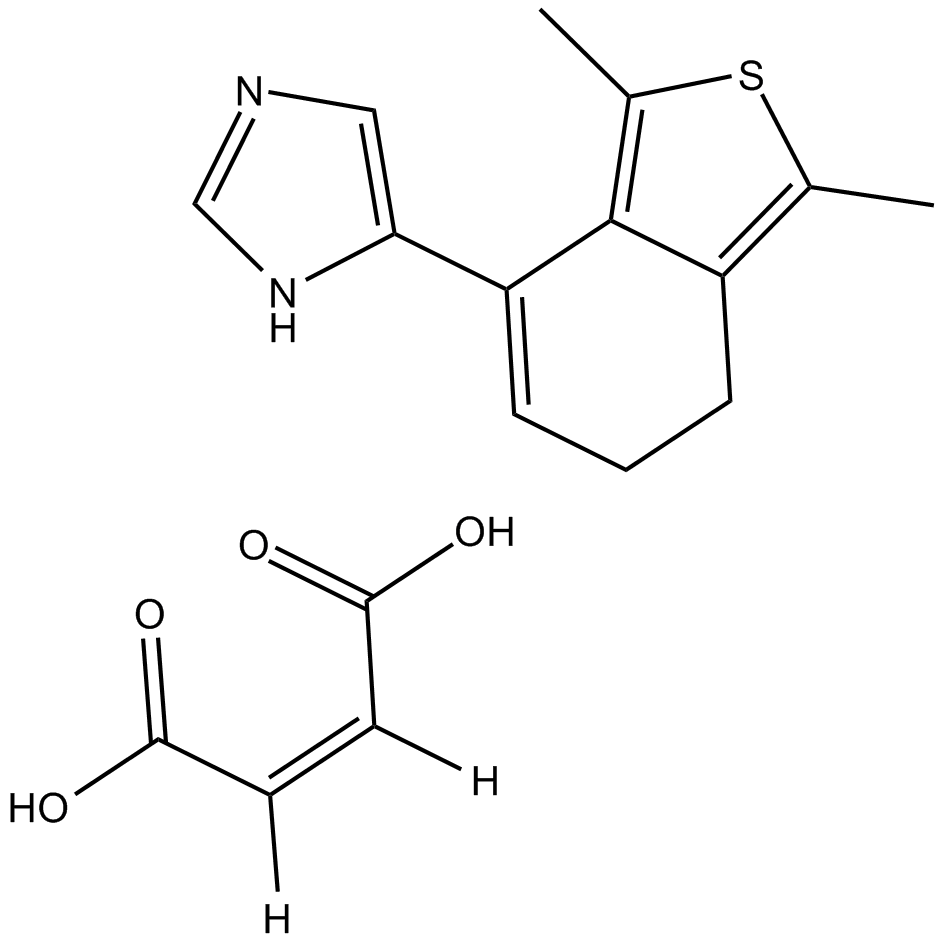 B7730 TC-G 1000Summary: α2D-adrenoceptor agonist
B7730 TC-G 1000Summary: α2D-adrenoceptor agonist -
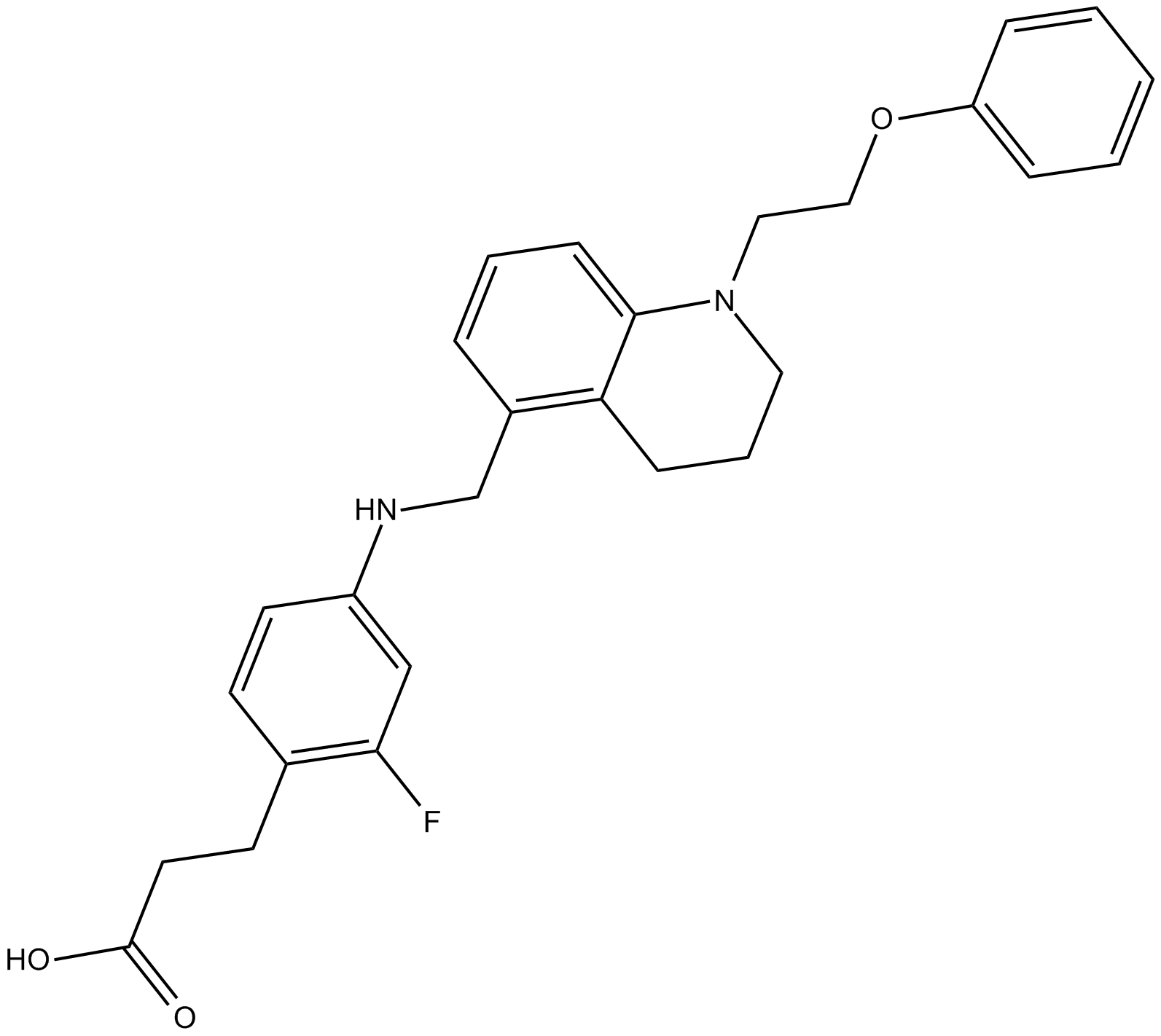 B7735 AS 2034178Summary: GPR40 agonist
B7735 AS 2034178Summary: GPR40 agonist -
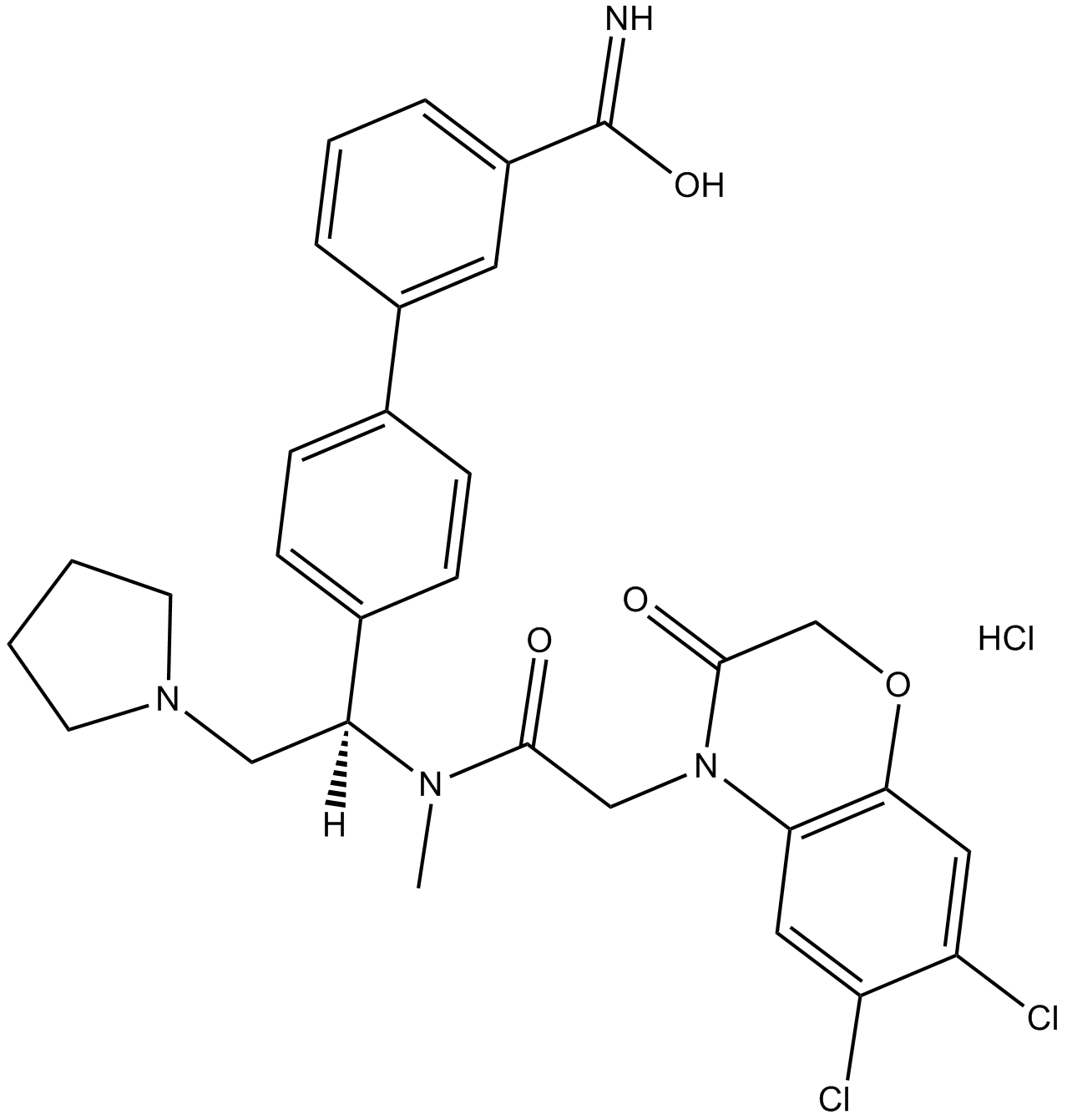 B7752 GSK 1562590 hydrochlorideSummary: urotensin II (UT) receptor antagonist
B7752 GSK 1562590 hydrochlorideSummary: urotensin II (UT) receptor antagonist -
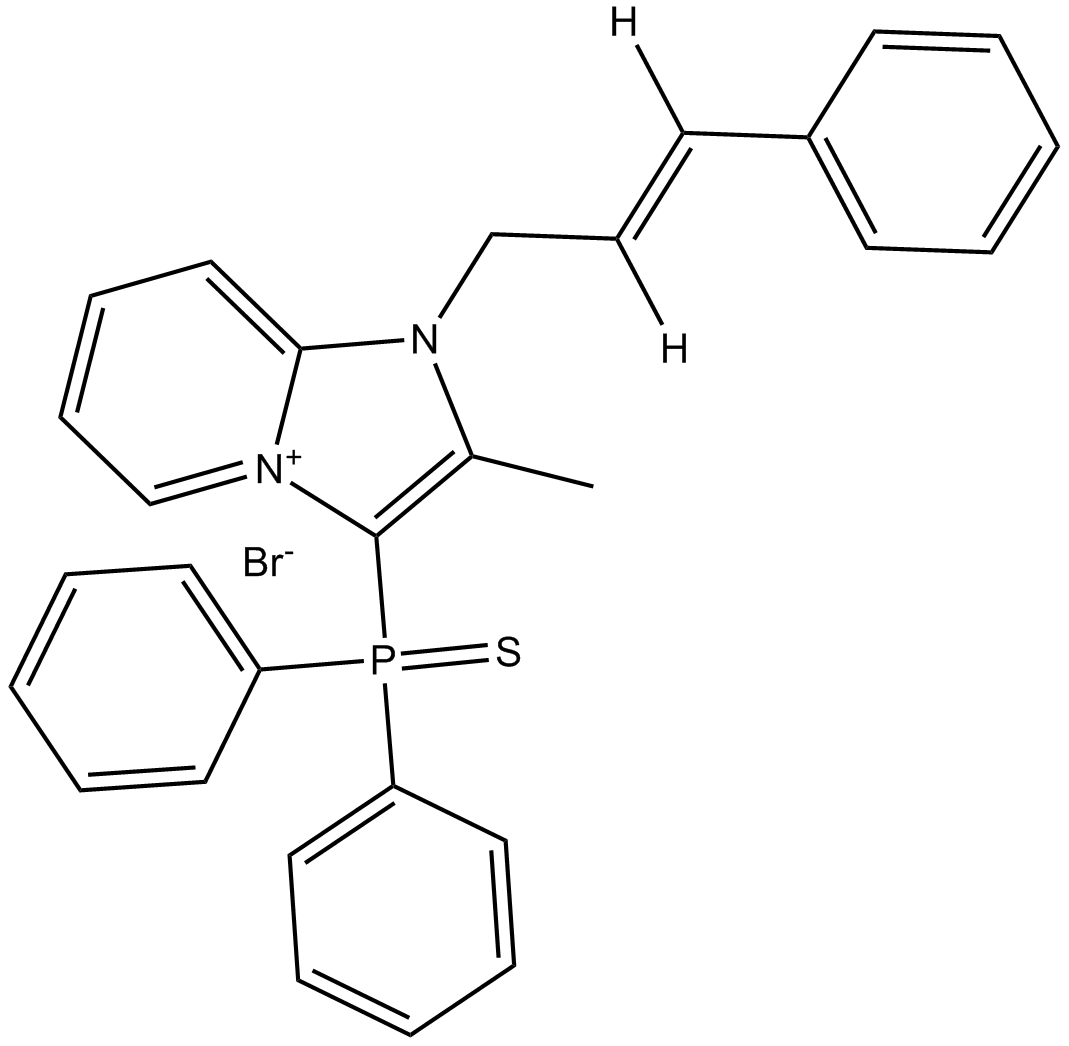 B7765 ML 154Summary: neuropeptide S receptor (NPSR) antagonist
B7765 ML 154Summary: neuropeptide S receptor (NPSR) antagonist -
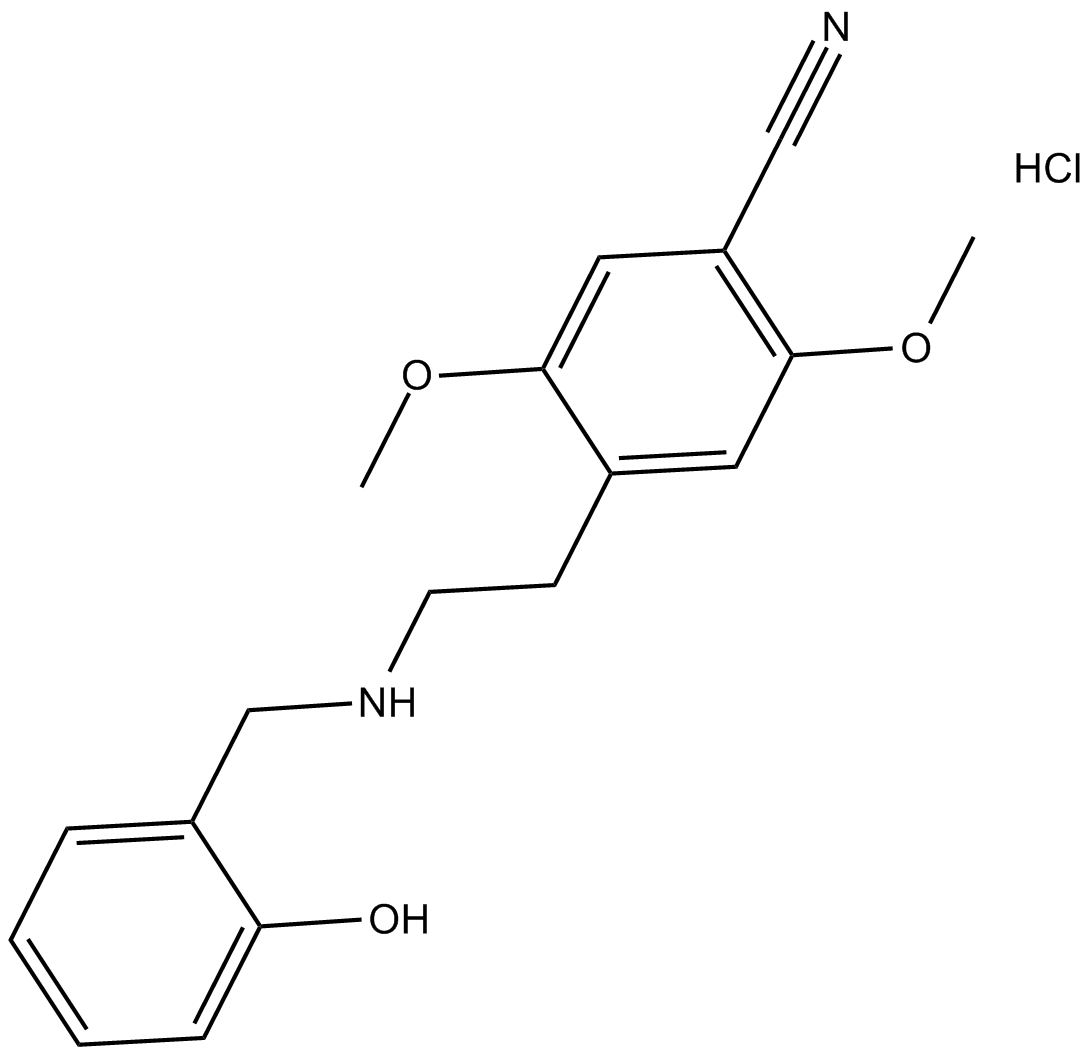 B7768 NBOH-2C-CN hydrochlorideSummary: 5-HT2A agonist
B7768 NBOH-2C-CN hydrochlorideSummary: 5-HT2A agonist -
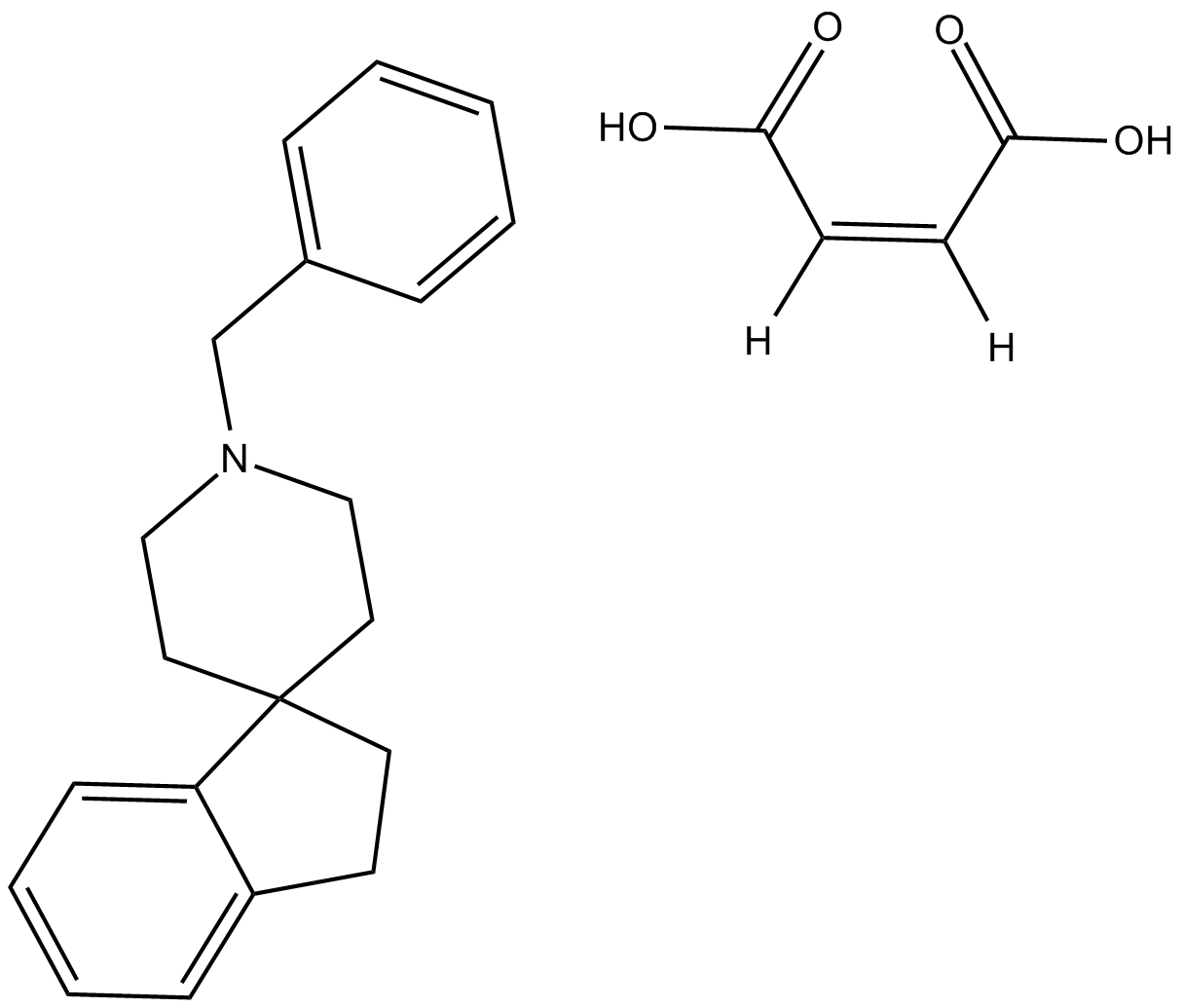 B5002 L-693,403 maleateSummary: High affinity σ ligand
B5002 L-693,403 maleateSummary: High affinity σ ligand

